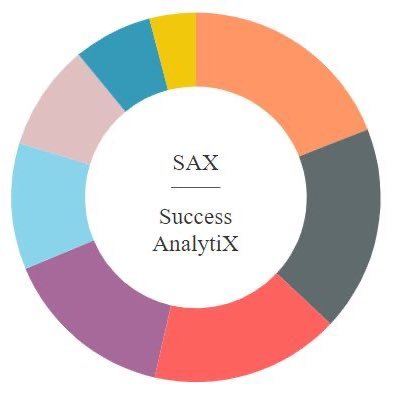I. Transitions (Transitional Words/Phrases)
Transitions are words or phrases that connect ideas, sentences, and paragraphs, creating a smooth flow and logical progression of thought. They don't fit neatly into grammatical categories like subordinating conjunctions or conjunctive adverbs, but they serve a similar connecting purpose.
- Addition/Emphasis: also, and, besides, furthermore, in addition, moreover, too, as well as, equally important, indeed, in fact, especially, notably
- Contrast/Comparison: but, however, on the other hand, in contrast, conversely, nevertheless, nonetheless, yet, while, whereas, although, even though, despite, in spite of, similarly, likewise, in the same way
- Cause/Effect: therefore, thus, consequently, as a result, accordingly, hence, so, for this reason, due to, because of, owing to
- Time/Sequence: first, second, third, finally, then, next, afterward, before, during, meanwhile, later, subsequently, eventually, previously, formerly
- Example/Illustration: for example, for instance, such as, including, namely, specifically, in other words, that is
- Place/Position: here, there, nearby, beyond, adjacent to, opposite to, in front of, behind
- Summary/Conclusion: in conclusion, to summarize, in summary, to conclude, finally, in short, overall, therefore, thus
II. Subordinating Conjunctions
Subordinating conjunctions connect a dependent clause (which cannot stand alone as a sentence) to an independent clause (which can). They establish a relationship of time, cause, condition, or contrast between the two clauses.
- Time: after, as, as soon as, before, since, until, when, whenever, while, once
- Cause/Reason: because, since, as, now that
- Condition: if, unless, provided that, assuming that, in case, even if, only if
- Contrast/Concession: although, though, even though, whereas, while
- Place: where, wherever
- Purpose: so that, in order that
III. Conjunctive Adverbs
Conjunctive adverbs connect two independent clauses (sentences). They show a relationship between the ideas expressed in those clauses. They are usually preceded by a semicolon (;) and followed by a comma (,).
- Addition/Emphasis: furthermore, moreover, besides, also, in addition, indeed
- Contrast/Comparison: however, nevertheless, nonetheless, still, conversely, on the other hand, in contrast
- Cause/Effect: therefore, thus, consequently, accordingly, hence, as a result
- Time/Sequence: meanwhile, subsequently, then, later, afterward, finally
- Example/Illustration: for example, for instance, namely
- Summary/Conclusion: in conclusion, finally, in summary, therefore, thus
Key Differences and Overlap:
- Subordinating conjunctions create dependent clauses that cannot stand alone.
- Example: Because it was raining, the game was cancelled. ("Because it was raining" is dependent.)
- Conjunctive adverbs connect two independent clauses that could stand alone as separate sentences.
- Example: The game was cancelled; therefore, we went home. ("The game was cancelled" and "we went home" are both independent.)
- Transitions are more flexible and can connect words, phrases, sentences, or entire paragraphs. They often function similarly to conjunctive adverbs but are not bound by the semicolon/comma rule.


No comments:
Post a Comment